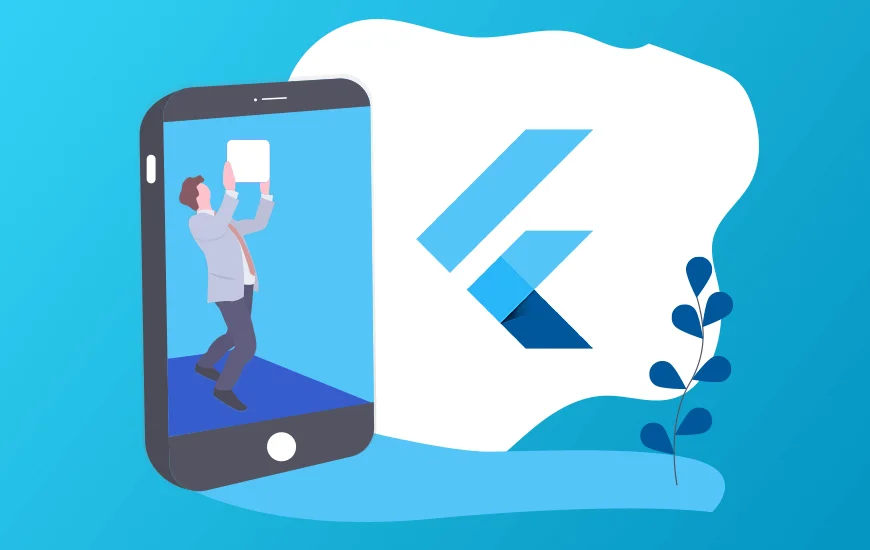Flutter is an open-source UI toolkit created by Google that enables developers to build natively compiled applications for mobile, web, and desktop platforms using a single codebase. It has gained immense popularity since its release, owing to its ease of use, flexibility, and customizable widgets. With the recent release of Flutter 3.0, Google has introduced some exciting new features and improvements to make app development even more seamless and efficient. In this article, we will explore the top 10 new features of Flutter 3.0 that every developer should know about.
Null safety
Null safety is a significant feature of Flutter 3.0 that allows developers to write code that is free of null pointer exceptions. With null safety, developers can prevent their code from crashing due to null values and improve the overall stability of their apps. This feature is optional, and developers can opt-in when they are ready to adopt it.
Support for WebRTC
WebRTC is an open-source project that enables real-time communication over the internet, such as video conferencing, voice calls, and file sharing. Flutter 3.0 now provides native support for WebRTC, making it easier for developers to integrate real-time communication features into their apps.
Improved performance
Flutter 3.0 comes with several performance improvements that make app development faster and more efficient. The updated version features a new JIT compiler that significantly speeds up the development process by compiling code on-the-fly. Additionally, the new compiler reduces the size of the compiled code, making the app smaller and faster.
Desktop support
Flutter 3.0 now provides native support for building desktop apps for Windows, macOS, and Linux platforms. This feature allows developers to create high-performance desktop applications using a single codebase.
Improved accessibility
Accessibility is a critical aspect of app development, and Flutter 3.0 has introduced several new features to make apps more accessible to users with disabilities. The updated version includes new semantics widgets that allow developers to add semantic information to their app, making it easier for screen readers and other assistive technologies to interact with the app.
Enhanced tooling
Flutter 3.0 comes with several new tools and features that improve the development process. The updated version features a new widget inspector that allows developers to debug their app’s UI more efficiently. Additionally, the updated version includes a new layout inspector that enables developers to inspect the layout of their app and identify any issues or inconsistencies.
Improved internationalization support
Internationalization is a critical aspect of app development, and Flutter 3.0 now provides improved support for building apps that can be localized for different languages and regions. The updated version features a new internationalization system that makes it easier for developers to translate their app’s content into different languages.
New widgets and layouts
Flutter 3.0 includes several new widgets and layouts that make it easier for developers to build complex user interfaces. The updated version features new widgets for displaying video and audio content, as well as new layouts for building responsive apps that adapt to different screen sizes.
Improved integration with Firebase
Firebase is a popular backend service for app development, and Flutter 3.0 now provides improved integration with Firebase. The updated version includes new plugins and packages that make it easier for developers to connect their app to Firebase and integrate Firebase services into their app.
Updated documentation and community resources
Flutter has a vibrant and active community of developers, and Flutter 3.0 comes with updated documentation and community resources to support app development. The updated documentation includes new guides, tutorials, and examples that make it easier for developers to learn how to use Flutter.
In conclusion, the release of Flutter 3.0 has introduced several exciting new features and improvements that make app development faster, more efficient, and more accessible. From null safety to improved performance, desktop support, and enhanced tooling, Flutter 3.0 has made significant strides in providing developers with the tools and resources they need to build high-quality apps for a wide range of platforms. With the updated documentation and community resources, developers can now learn how to use Flutter more effectively and efficiently. As Flutter continues to evolve, it’s clear that it will remain a powerful and versatile tool for app development for years to come. So, if you’re a developer looking for a reliable and flexible UI toolkit, Flutter 3.0 is definitely worth exploring.Get in Touch with a Flutter app development company
